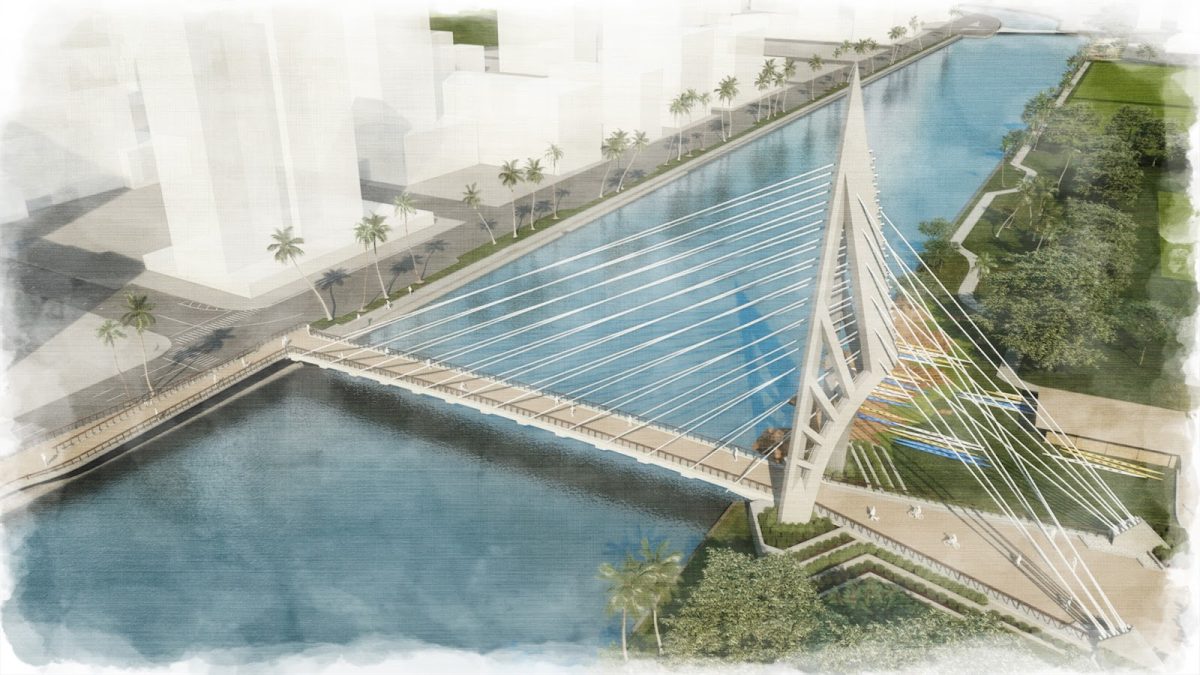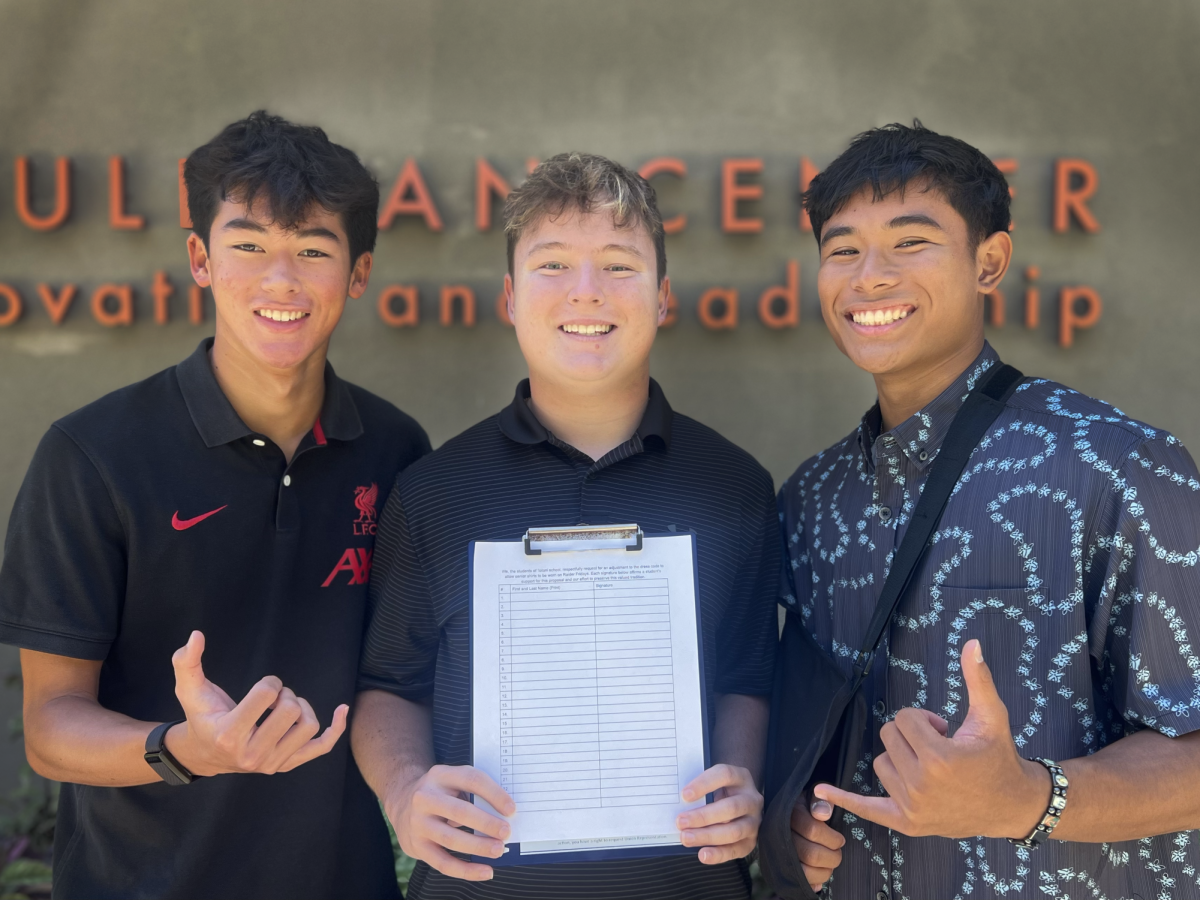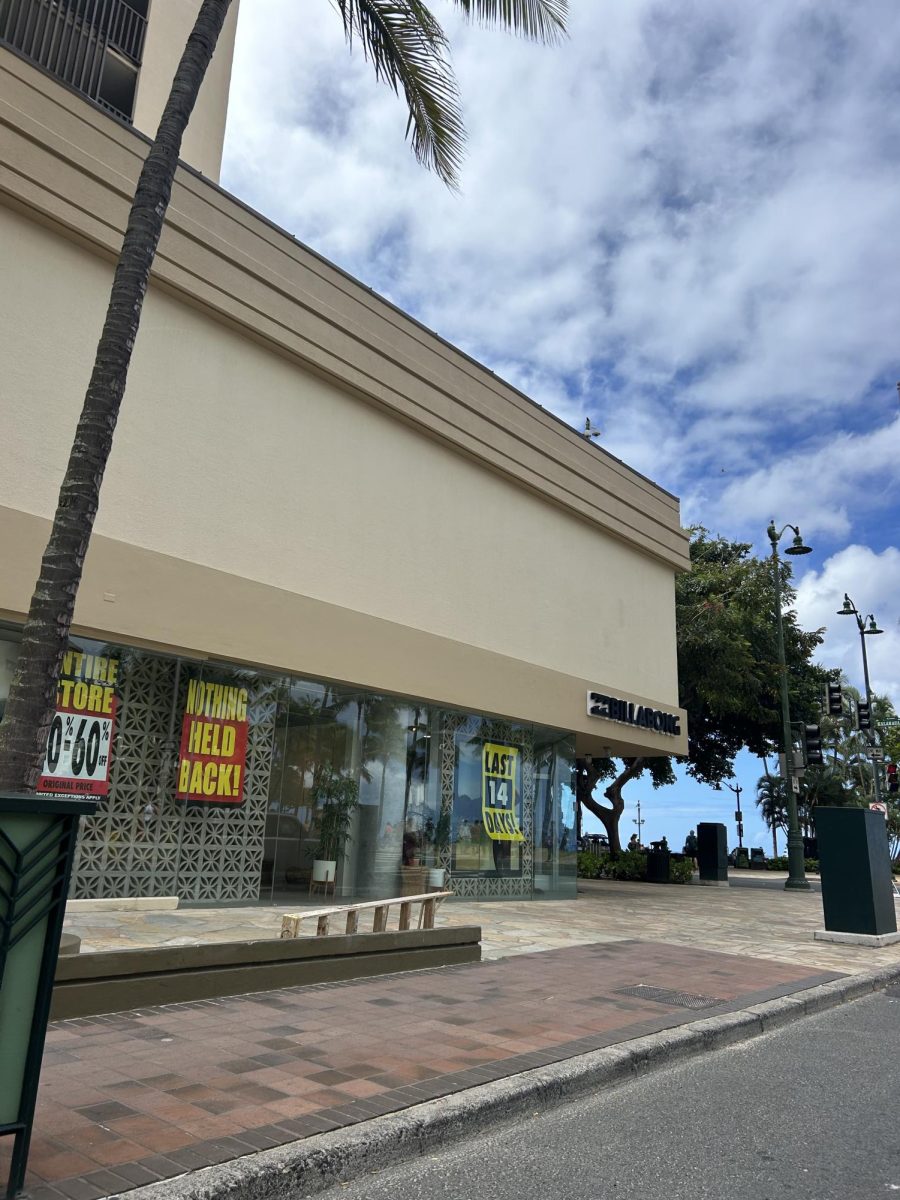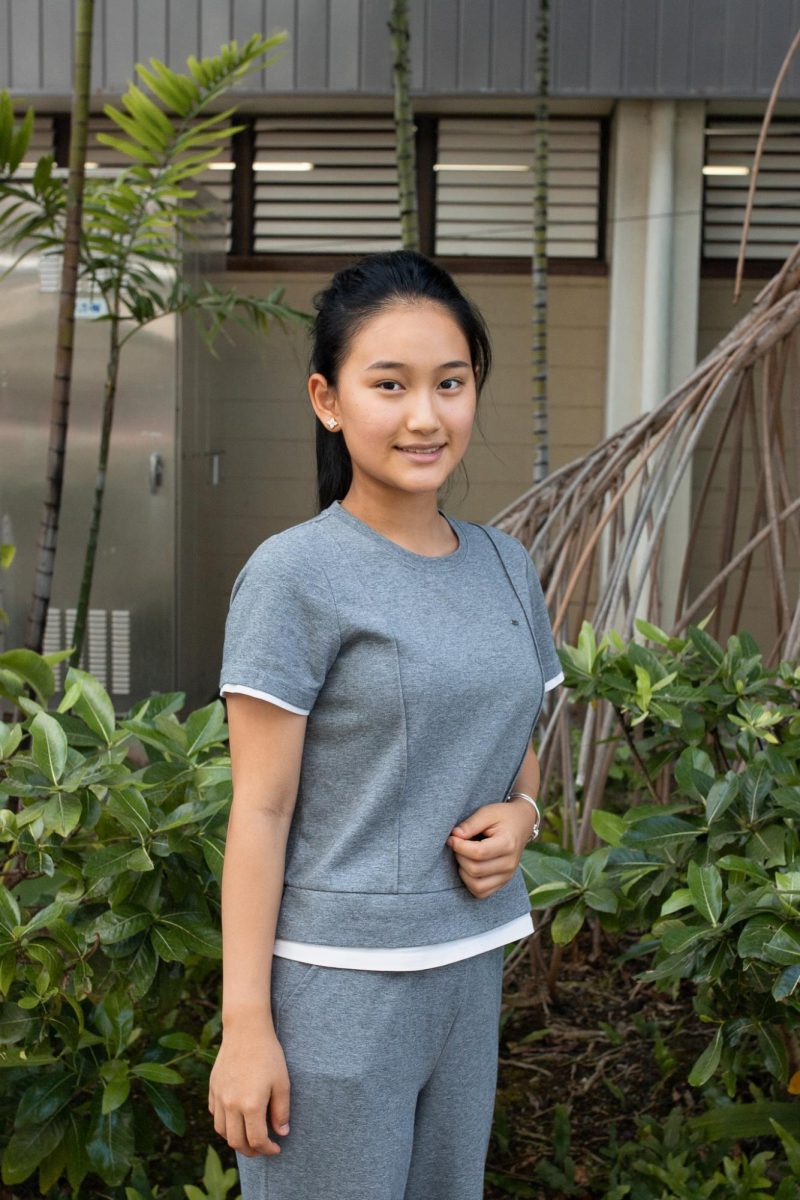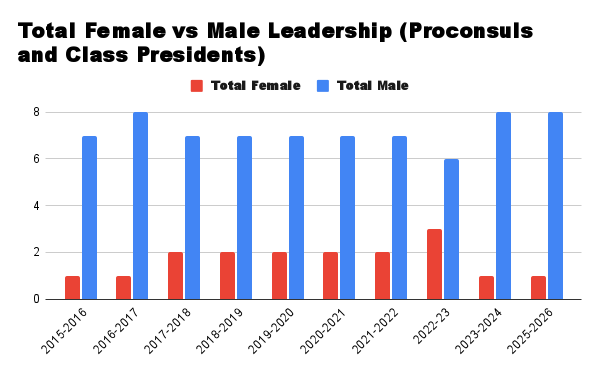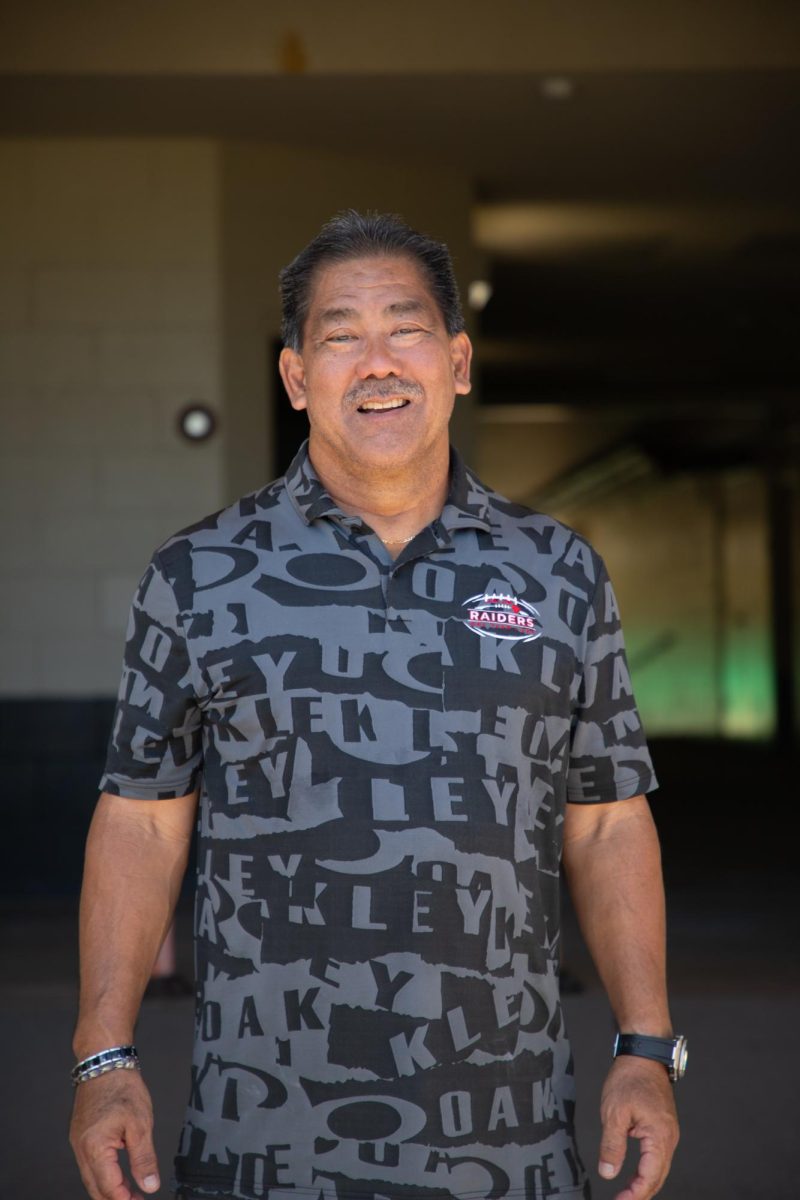In March of 2021, the proposal of Ala Pono, a pedestrian and bicyclist bridge extending over the Ala Wai Canal, entered the public review and feedback stages. According to the Hawai‘i Historic Foundation, its main intention is to “provide a safe access for people traveling by foot or bicycle across the Ala Wai Canal between Ala Moana Boulevard and the Mānoa/Pālolo Stream.” Not only will this create a safer mode of transportation for pedestrians, but the bridge will also enhance multimodal transportation as well as the foot traffic in the Waikīkī area, helping the tourism economy. Another hope for this bridge is to reduce harmful emissions, given that the use of cars can be avoided for neighborhood-adjacent trips.
The final design is expected to be ready by Fall of 2024, and the start of the bridge’s construction will commence, at the earliest, in Winter of 2024. In addition to providing a new way for transportation, the bridge will have unique design aspects, making it appealing to the eye. The bridge’s deck will sit 14 feet above the canal and will be supported by several concrete abutments. The deck will extend approximately 250 feet across the canal, given a clear span, or space between the inside surfaces of piers, of nearly 300 feet. The design has an asymmetric build, with a tower shooting 180 feet in the air on the mauka side of the bridge. The tower forms a point, making it the origin of all the estimated 26 support cables needed to hold up the bridge. While still maintaining a sleek style, the tower will only be implemented on one side so it does not block the beautiful Diamond Head view.
On the mauka side of the bridge, there will be an entry point just behind Ala Wai Elementary School by the canoe ramps and hale, which are close landmarks to ‘Iolani School. Because of the bridge’s close proximity to campus, students will have the opportunity to utilize this bridge once it is available to the public. Residential students on campus like Dylan Hendricks ’27 will be able to walk across the bridge to get to the Waikīkī area, instead of catching a ride or Uber. Dylan says, “I think I could definitely benefit from the pedestrian bridge and many other [boarding students] would find it very convenient as well. I think I would use it more because of the fact that I’d feel good knowing that I’m helping out the environment rather than using a car.”
On the other hand, some students do not think this will affect or benefit their transportation habits at all. Gabi Fasi ’27 says, “I personally wouldn’t use Ala Pono just because I don’t have a need for it, but I do think it’ll help the community and those who will make good use of it. I don’t live near the Ala Wai Canal residential area, so it would be hard for me to find use of the bridge in my everyday life.”
Because all types of motorized transportation will be prohibited on the bridge, this allows for a much safer environment for pedestrians. Sarah Asato ’27, an ‘Iolani Cross Country team member, states that, “The bridge will really help us during our runs. It’ll be much safer for our team since we will no longer have to cram on the skinny sidewalks. Not having to worry about cars or mopeds on the bridge will also bring me peace of mind. As soon as this is available to the public, I hope we can alter our routes for practice and get to cross the bridge on a regular basis.”
As the date gets closer to the initial construction period, the city of Honolulu is eager to see the positive effects that this bridge will bring to the tourism economy and the city’s ways of commuting.

